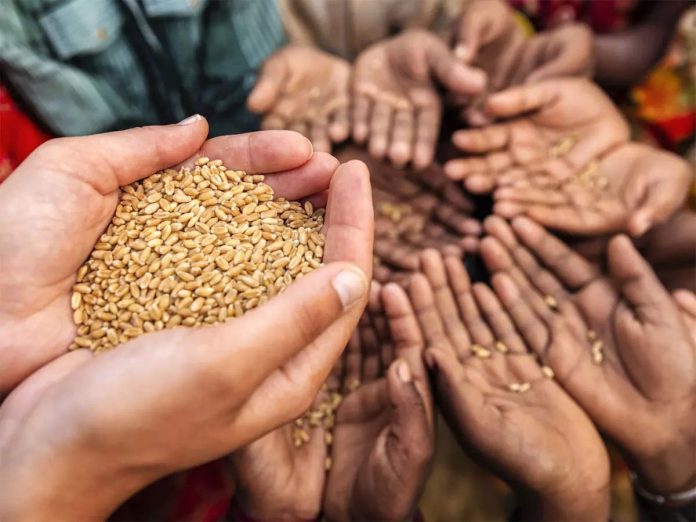Heat-Induced Food Insecurity
Amidst rising global temperatures, a recent study highlighted the alarming reality that just a few days of intense heat can lead to severe food insecurity for billions worldwide. The study, published in Nature Human Behaviour, analyzed data from 150 countries, revealing the vulnerability of populations, particularly in tropical regions, to heatwaves. It emphasized that a single week of extreme heat could push millions into hunger, notably affecting countries like India.
Unlike the traditional focus on long-term crop yield impacts, this study spotlighted immediate consequences, particularly related to income loss due to heat’s effect on work capacity. Professions tied to productivity, such as agriculture and piece-rate jobs, suffer the most. The study also noted that higher temperatures compromise essential nutrients in staple crops and legumes, exacerbating the food security crisis.
What did the recent study highlight regarding the impact of scorching heat on food security?
The study revealed that even a few days of extreme heat can trigger dire food insecurity consequences for billions of people globally. It focused on the immediate effects of heat, especially the link between heat and income loss due to reduced work capacity.
How did the study’s approach differ from previous assessments of heat’s impact on food availability?
Unlike traditional assessments that concentrated on long-term decreases in crop yields, this study emphasized the rapid repercussions of extreme heat on food security, particularly income loss. It demonstrated that people’s ability to work and earn income to buy food is immediately affected.
What occupations are most affected by heat-induced income loss, and why?
Professions tied to productivity, such as agriculture and piece-rate jobs, are most affected. For example, agricultural workers or those paid per task experience income reductions when high temperatures hamper their work capacity.
How does extreme heat exacerbate nutritional challenges in the context of food security?
In addition to income loss, rising temperatures compromise essential nutrients in staple crops and legumes. This further complicates the food security crisis by reducing the nutritional quality of available food.
What specific example of income loss due to extreme heat did the study mention?
The study cited female brick carriers as an example. When high temperatures limit the number of bricks they can transport, their daily income can decrease by up to 50%.
Why is the vulnerability to extreme heat more pronounced in tropical and subtropical regions?
Tropical and subtropical regions are often more susceptible to heatwaves due to their geographical location. Their populations are more likely to engage in professions like agriculture that depend on weather-sensitive activities.
Month: Current Affairs - August, 2023
Category: Environment Current Affairs







